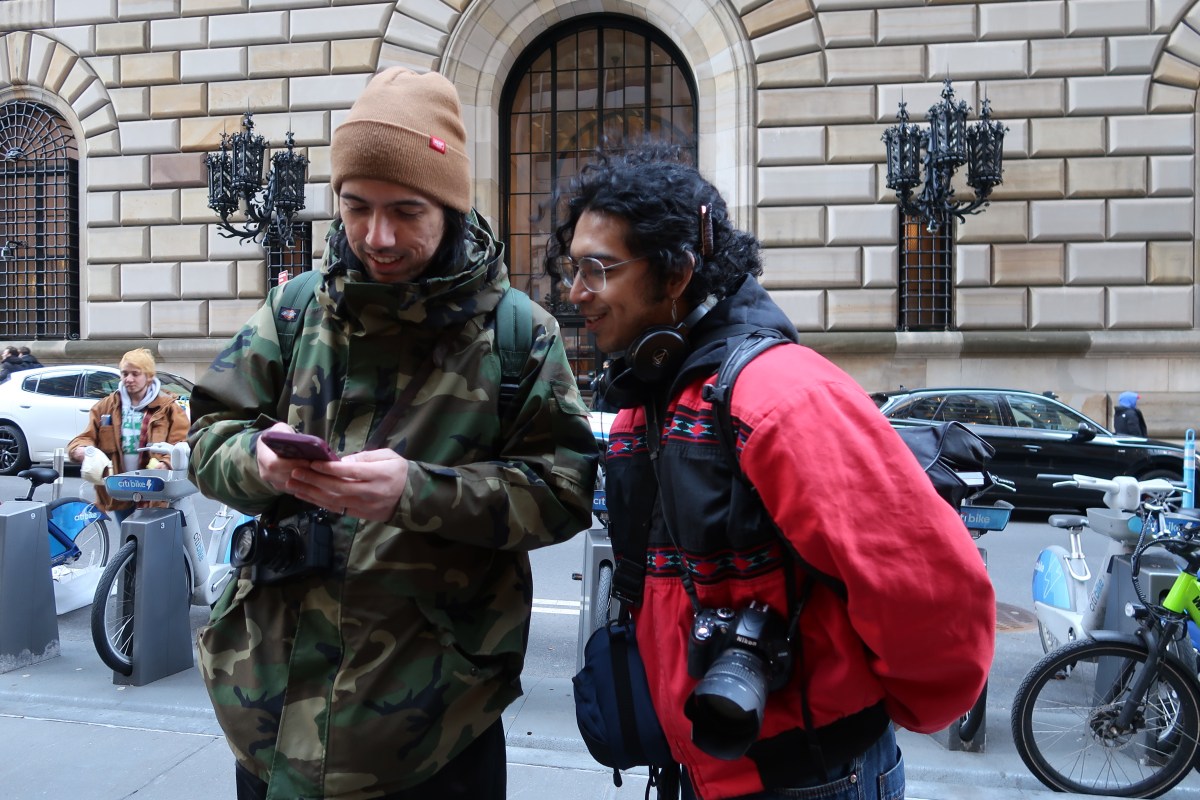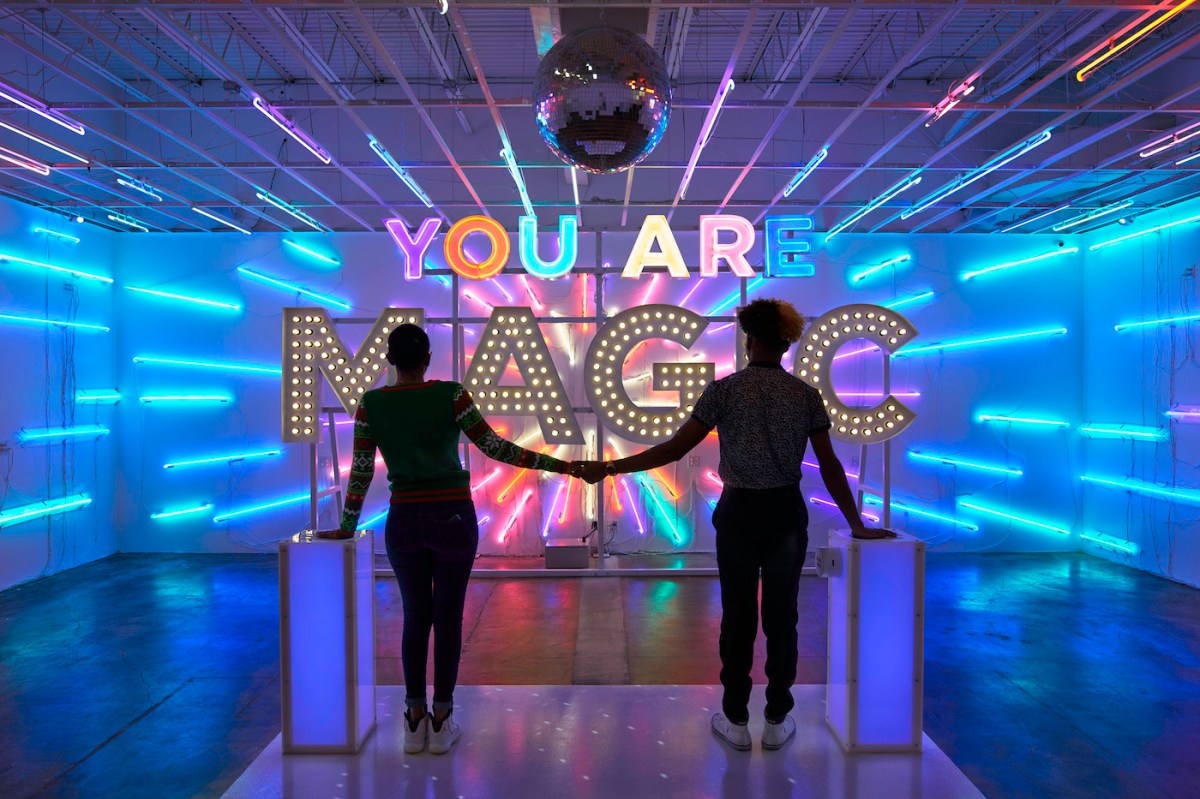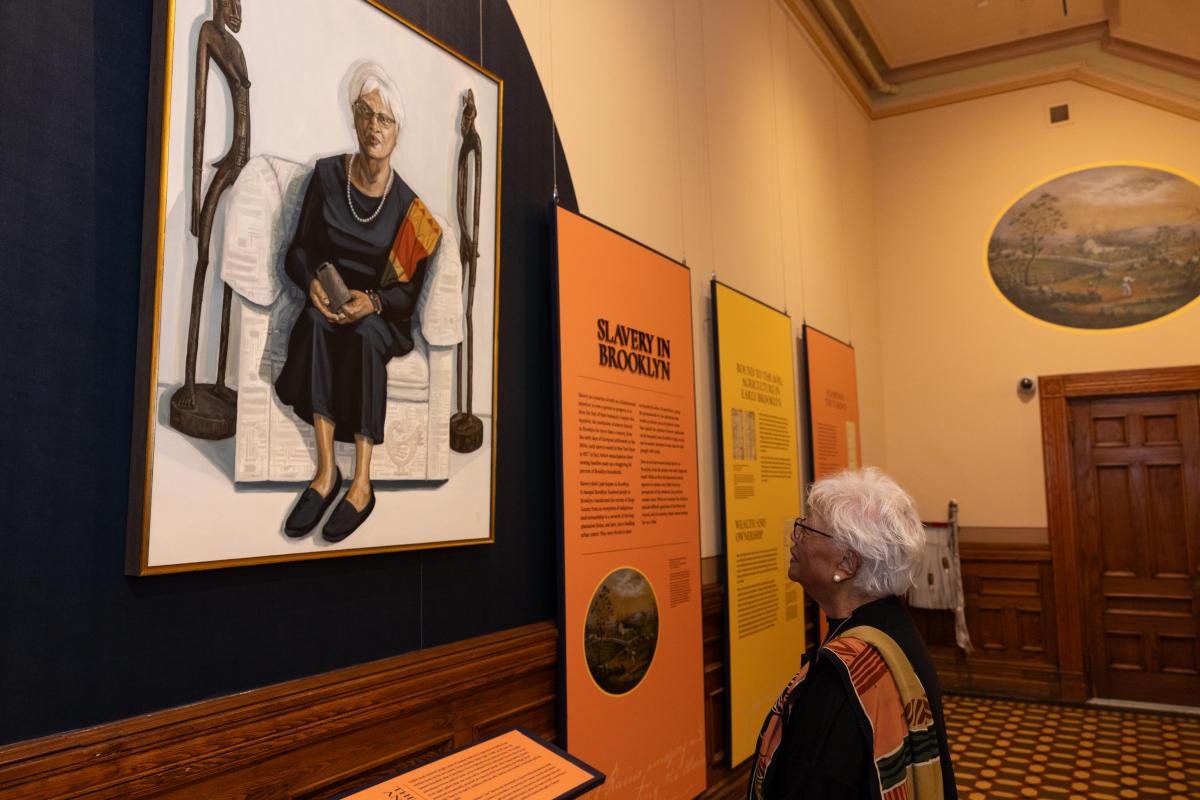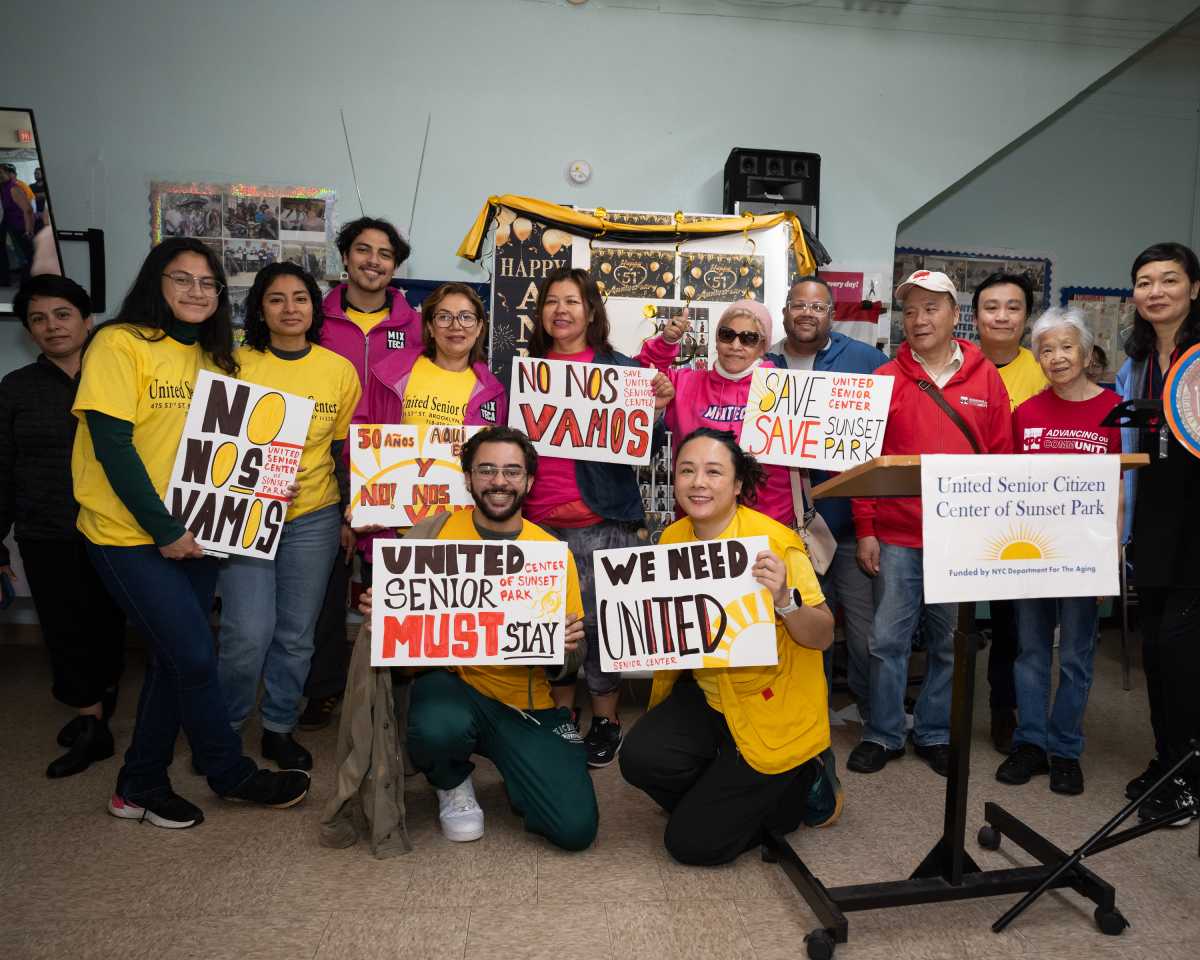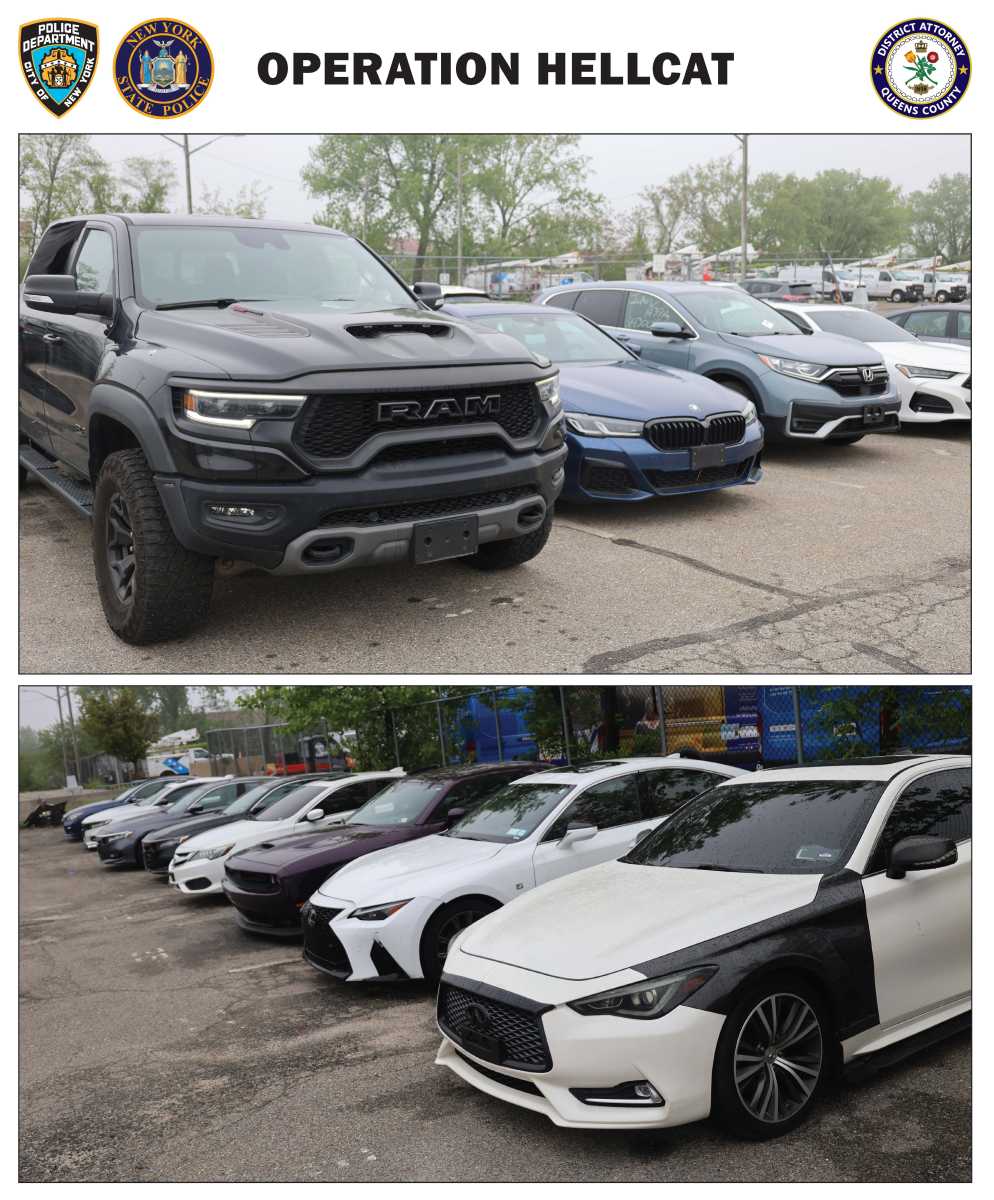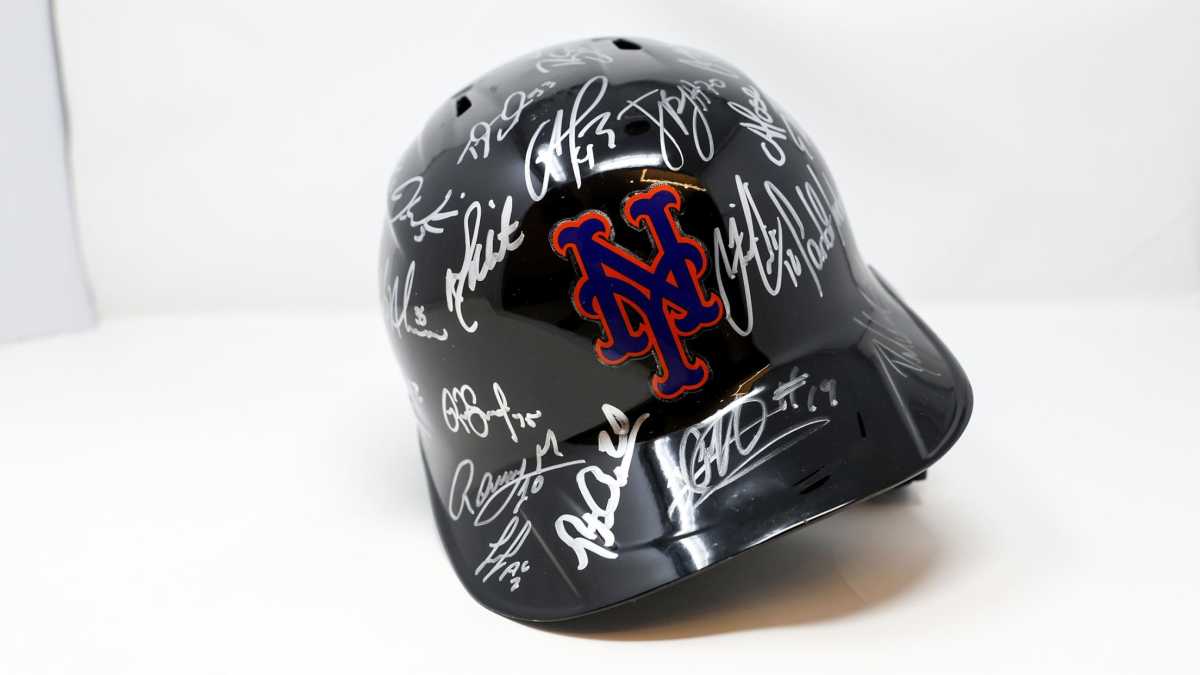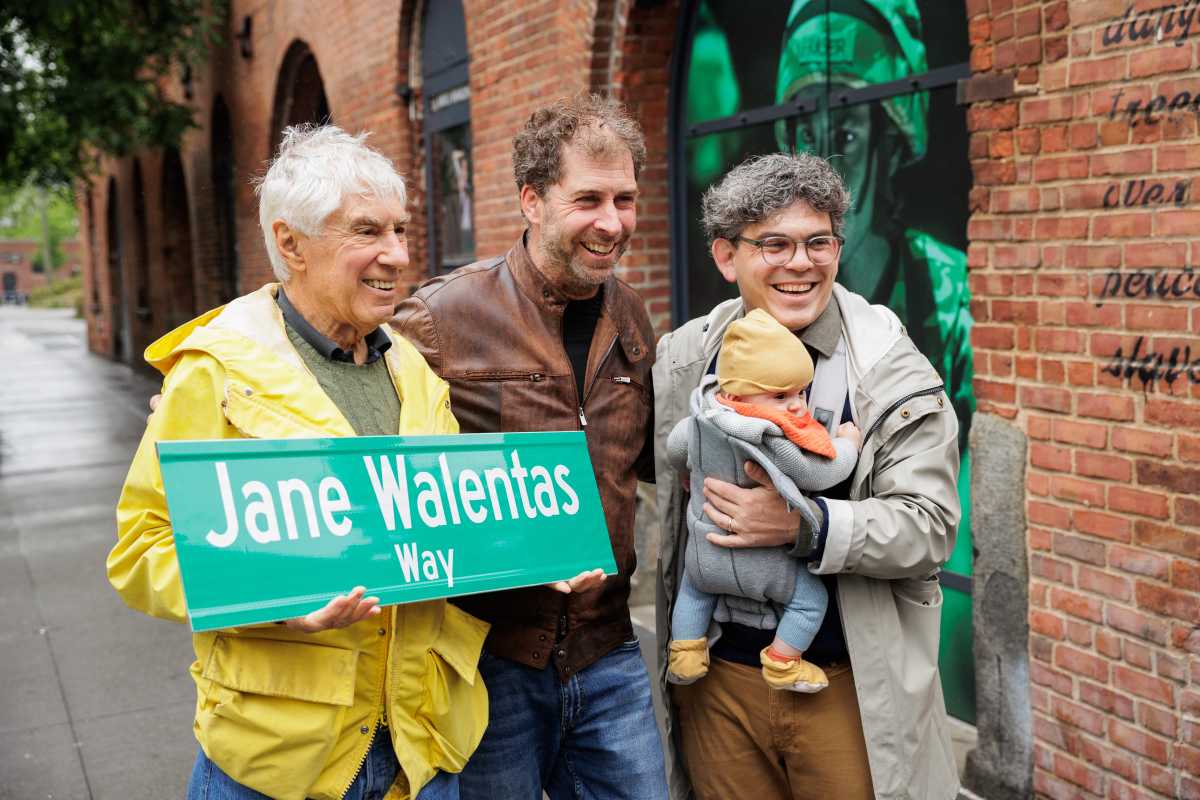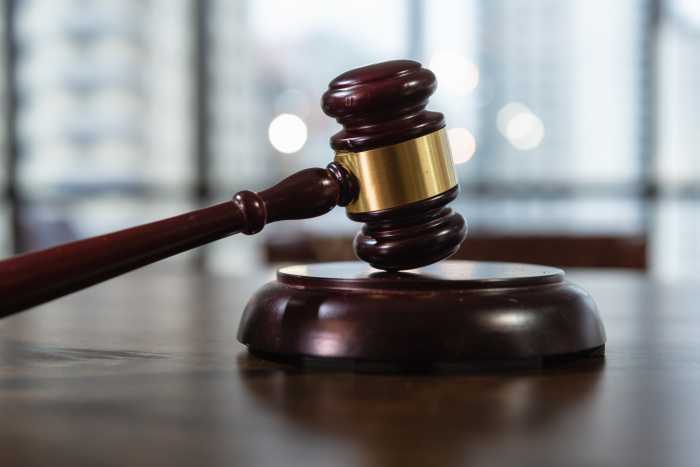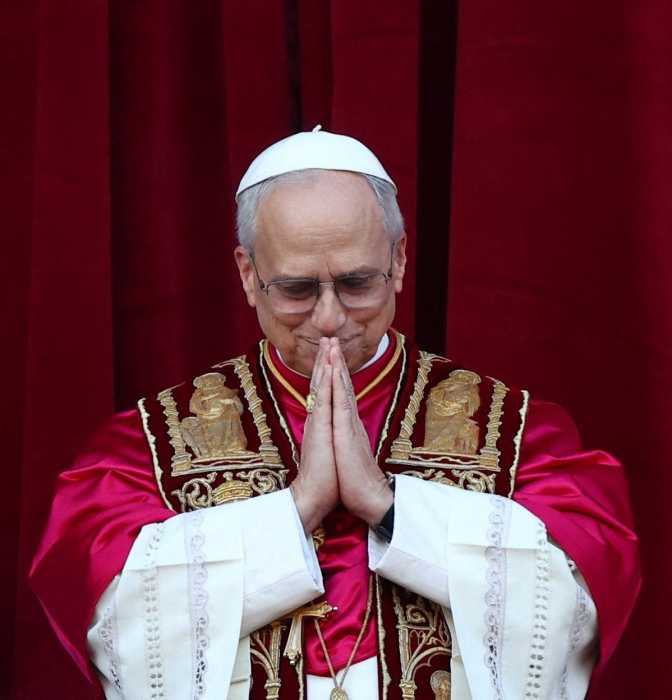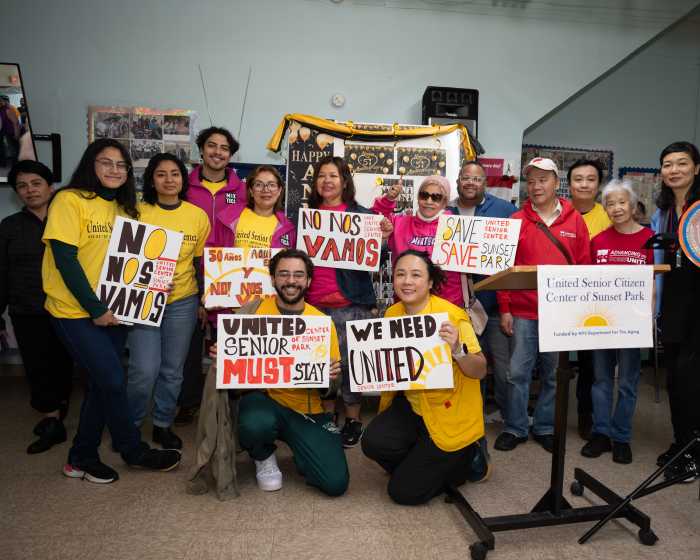
An original Thomas Edison engraving pen, owned by Daredevil Tattoo Museum’s Brad Fink.
 BY DUSICA SUE MALESEVIC | Tattooing may now be ubiquitous, but how well do people know its history?
BY DUSICA SUE MALESEVIC | Tattooing may now be ubiquitous, but how well do people know its history?
Here’s a pop quiz. Pick out the false statement:
A. Tattooing has never been illegal in New York City.
B. Thomas Edison has no connection with the ink art.
C. Permanent tattoo shops began in the 1900s.
If you knew all were false, bravo. If not, maybe you should pay a visit to a new free museum that is highlighting the skin art’s roots.
In 1997, when tattooing was made legal again in New York City, Michelle Myles and Brad Fink opened Daredevil Tattoo on Ludlow St. It’s now located at 141 Division St.
“My business partner Brad has been collecting tattoo stuff for as long as he has been tattooing, which is about 27 years,” Myles said. “It’s a tremendous collection and so far, all this time, it’s just been hidden in his house.”
With the new, bigger space on Division St., both of them decided it was time to display the artifacts, and the Daredevil Tattoo Museum was born.
“We didn’t have that opportunity before to ever consider something like that in our old space,” Myles said in a phone interview.
Six huge display cases house their favorite things in Fink’s collection, especially those that illuminate tattooing’s history in the city.
“That’s what we’re most excited to represent in the collection — mostly because of where we’re actually located,” explained Myles. “We’re in the area where the old tattooers used to work. There isn’t anybody representing tattoo history in New York City. We’re really excited to be able to represent that.”
In 1859, Martin Hildebrandt opened a permanent tattoo parlor in Chatham Square, not too far from Division St. He, in turn, taught Samuel O’Reilly, who in 1891 patented the first electric tattoo machine based on Thomas Edison’s electric engraving pen design.
Fink has one of the Thomas Edison pens — but it isn’t at Daredevil yet. Myles said they have started a Kickstarter campaign to bring the pen to the shop, as well as finish up the last details for the museum.
Earlier this month, Daredevil offered a sneak peek of the museum and launched the campaign to raise their goal of $30,000.
“It was over-the-top really good,” Myles said of the event. “Everybody was so positive and so supportive of the whole idea of the museum.”
The donations will go toward various essentials, including getting Plexiglas for the display cases. Myles said that just to hang a neon sign outside Daredevil would cost thousands of dollars.
Also, necessary is a new heating/air conditioner unit to keep the shop climate controlled for the artifacts. Daredevil’s current unit is “on life support,” said Myles.
The pieces in the collection are very delicate, she explained.
“Most of the stuff, when it was painted, it wasn’t considered art,” she said. “Some of the stuff was made on discarded whatever they could find. We have some of the [tattoo] sheets that are actually painted on window shades.”
The collection also has two sheets of artwork from O’Reilly.
“I’ve never ever seen his work published anywhere, so to have two original sheets from O’Reilly in the shop is amazing,” Myles said.
O’Reilly ended up teaching Charlie Wagner, who patented the first American twin-coil tattoo machine in 1901.
Myles and Fink have been doing archival research, going to the library and looking through old city directories, to create a map of all the old tattooers who used to work in the Chatham Square/Bowery area — considered to be the birthplace of modern tattooing in America.



